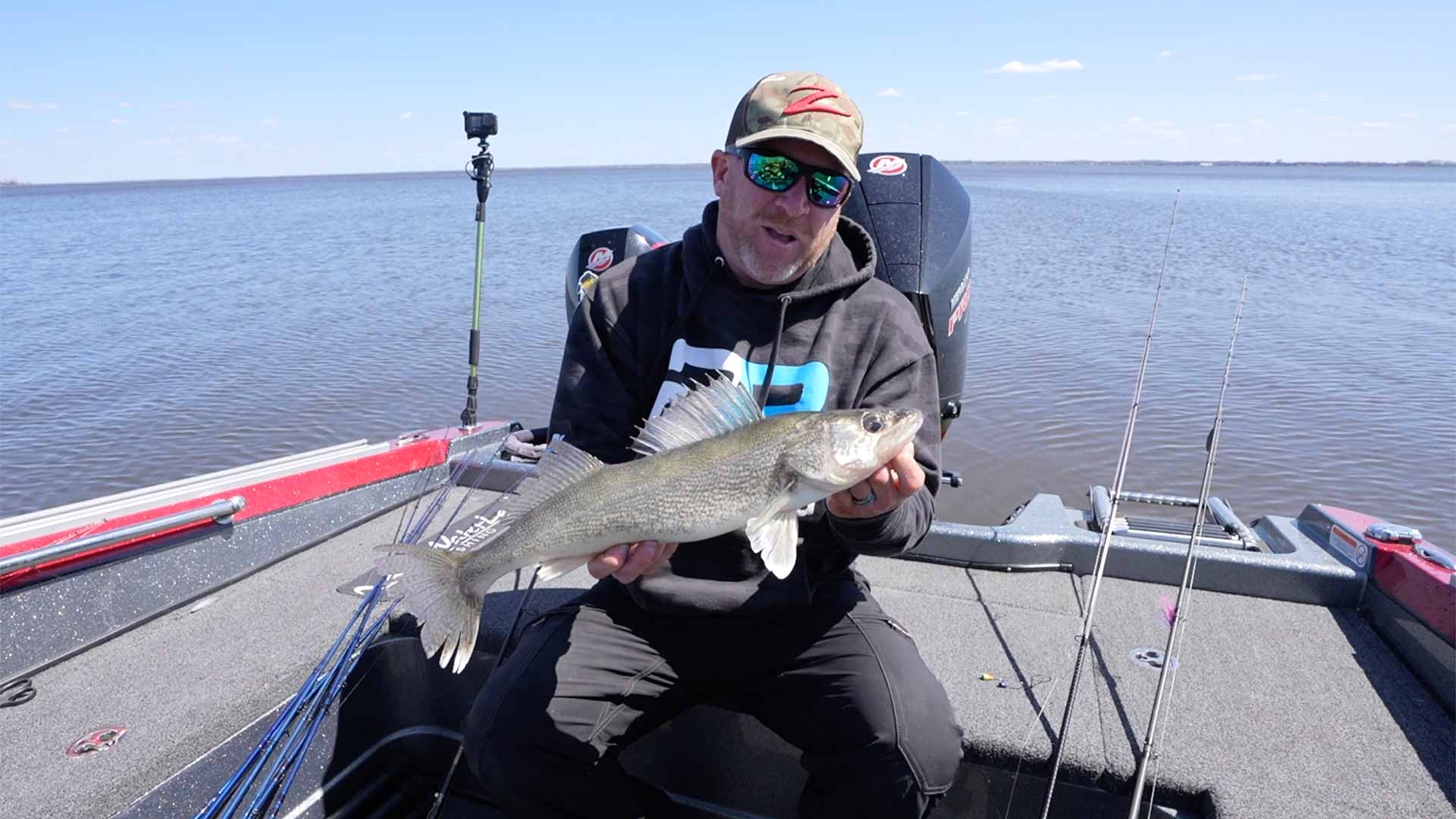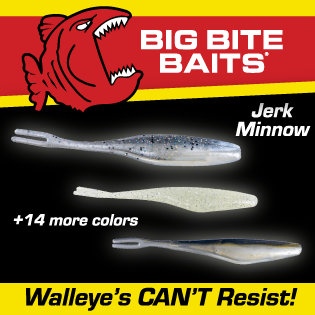Mille Lacs ice guide Tony Roach details the advantages of using light line, matching line type and weight to target species and ice conditions.
Ice fishing is a popular activity among anglers across the ice belt. From those who are into big game species like walleye, pike, and lake trout, to those who prefer using specific fishing gear like Penn fishing equipment, the diversity of anglers is vast. Just as the anglers vary, so do the lines they use for ice fishing. In this article, we will explore the benefits of using light line for ice fishing and how it can enhance your success on the ice.
The Advantages of Light Line
When it comes to ice fishing, using light line can offer several advantages. Here are a few reasons why many anglers prefer lighter pound test or smaller diameter lines:
- Increased Sensitivity: Lighter lines are more sensitive, allowing you to feel even the slightest nibble or movement from the fish. This enhanced sensitivity can significantly improve your chances of detecting bites and hooking fish successfully.
- Improved Presentation: Lighter lines have less visibility in the water, making your bait or lure appear more natural to the fish. This can increase your chances of getting a bite, especially in clear or heavily pressured waters.
- Better Action: Lighter lines allow for better lure action, as they have less resistance in the water. This can make your bait or lure look more enticing and realistic, increasing its effectiveness in attracting fish.
- Longer Casts: Lighter lines are easier to cast, allowing you to reach farther distances. This can be beneficial when you need to cover a larger area or when the fish are located further away from your fishing spot.
- Reduced Line Memory: Lighter lines tend to have less memory, meaning they are less likely to retain the shape of the spool or reel. This reduces the chances of line tangles and twists, making your fishing experience more enjoyable and efficient.
Choosing the Right Line Diameter
When selecting a line for ice fishing, it’s important to consider the diameter of the line. While thinner lines offer advantages, it’s crucial to find a balance between lightness and strength. Here are some factors to consider when choosing the right line diameter:
- Fish Species: Different fish species have different strength and fighting capabilities. For smaller fish like panfish, a lighter line with a smaller diameter may be sufficient. However, if you’re targeting larger game species like walleye or pike, you may need to opt for a slightly thicker line to handle their power.
- Ice Conditions: The condition of the ice can also impact your line choice. If the ice is jagged or rough, a thicker line may be necessary to prevent breakage. However, if the ice is smooth and clear, you can get away with using a thinner line.
- Personal Preference: Ultimately, your personal preference and fishing style play a significant role in choosing the right line diameter. Some anglers prefer the challenge of using a thinner line and enjoy the increased sensitivity and improved presentation it offers. Others may prefer a slightly thicker line for added strength and peace of mind.
Tips for Using Light Line
If you decide to use light line for ice fishing, here are some tips to help you make the most of your setup:
- Use a Quality Reel: Investing in a high-quality reel with a smooth drag system is essential when using light line. This will help prevent line breakage and ensure a smooth retrieval process.
- Check for Line Wear: Light lines are more susceptible to wear and tear, so it’s important to regularly inspect your line for any signs of damage. Replace your line if you notice any fraying or weak spots.
- Set the Drag Properly: Adjusting the drag on your reel is crucial when using light line. Set it too tight, and you risk breaking the line when a fish takes a strong run. Set it too loose, and you may struggle to reel in the fish. Find the right balance to ensure a successful catch.
- Be Mindful of Knot Strength: Light lines require delicate knot tying to maintain their strength. Take the time to learn and practice proper knot tying techniques to avoid knot failures and potential line breakage.
- Be Patient: Using light line requires patience and finesse. Avoid rushing the hookset and allow the fish to fully take the bait before setting the hook. This will help prevent the line from breaking due to sudden jerks or pulls.
In conclusion, using light line for ice fishing can offer several advantages, including increased sensitivity, improved presentation, better lure action, longer casts, and reduced line memory. When choosing the right line diameter, consider the fish species you’re targeting, the ice conditions, and your personal preference.










